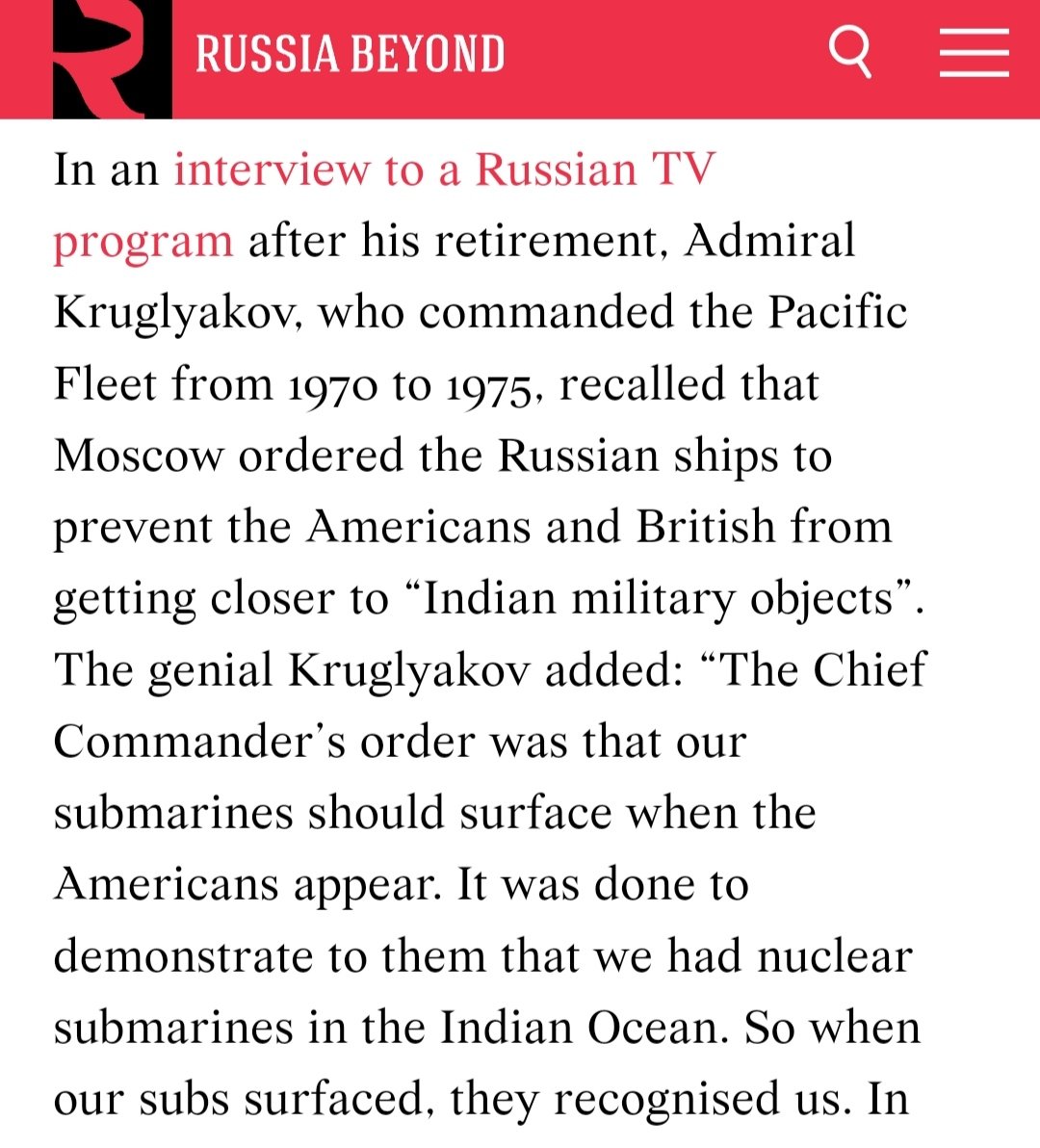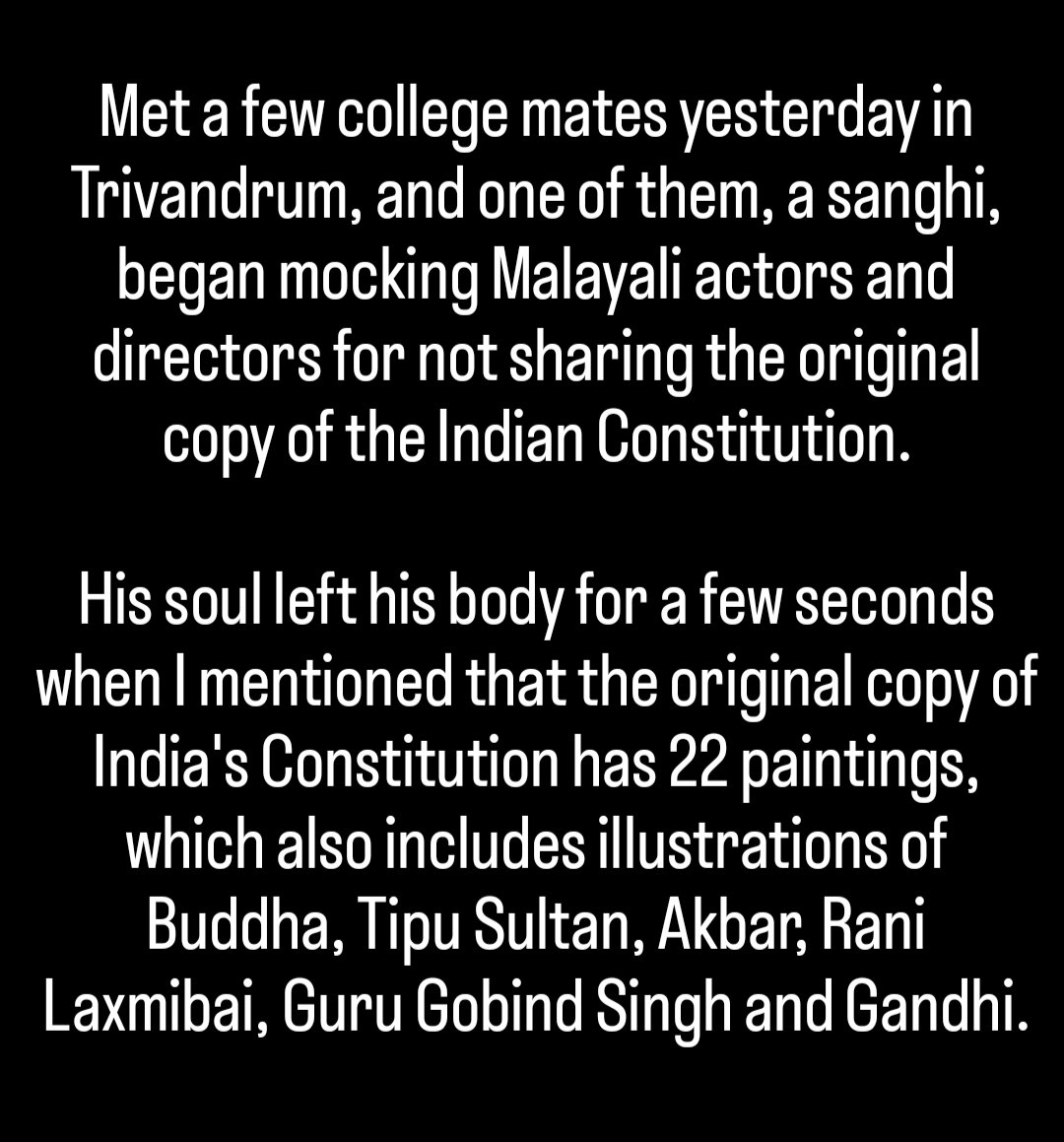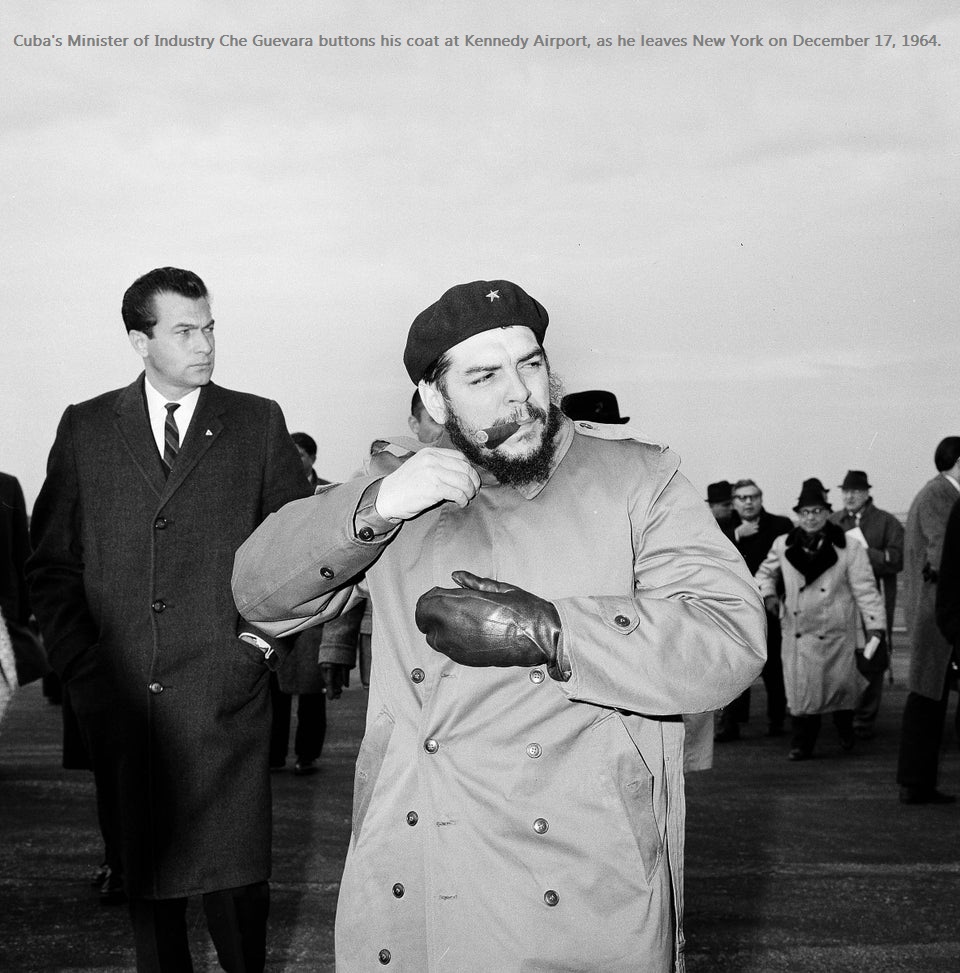50 years ago, this week in 1971, the USA threatened India to stop the 1971 war.
Kissinger spurred Nixon to send the US 7th Fleet’s Task Force, led by the nuclear-powered aircraft carrier USS Enterprise, to the Bay of Bengal.
An alarmed India sent an SOS to USSR.
#Thread
Kissinger spurred Nixon to send the US 7th Fleet’s Task Force, led by the nuclear-powered aircraft carrier USS Enterprise, to the Bay of Bengal.
An alarmed India sent an SOS to USSR.
#Thread

“Did you read today about what the Americans are doing?” one of the Indian characters in Rohinton Mistry’s “Such a Long Journey” asks.
“CIA ba$tards are up to their usual anu$-fingering tactics.” The novel is set in 1971, the year that India intervened in Pakistan’s civil war.
“CIA ba$tards are up to their usual anu$-fingering tactics.” The novel is set in 1971, the year that India intervened in Pakistan’s civil war.
When Pakistan's defeat in the 1971 war seemed imminent, America dispatched the nuclear-powered aircraft carrier USS Enterprise towards the Bay of Bengal. The US 7th Fleet’s Task Force also had USS King and USS Decatur.
The move was deemed by India as a nuclear threat.
The move was deemed by India as a nuclear threat.
The USS Enterprise, at 75,000 ton, was the world's largest nuclear-powered aircraft carrier in the 1970s with more than 70 fighter aircraft. A monster.
The Indian Navy’s fleet was led by the 20,000-ton aircraft carrier, Vikrant, with 20 light fighter aircraft.
The Indian Navy’s fleet was led by the 20,000-ton aircraft carrier, Vikrant, with 20 light fighter aircraft.
The USS Enterprise was being dispatched to secure American citizens in Bangladesh was the official American statement. Unofficially it was to threaten the Indian forces and prevent the liberation of East Pakistan.
India soon got an another bad news.
India soon got an another bad news.
Soviet intelligence reported to India that a powerful British naval group led by the aircraft carrier HMS Eagle with commando carrier HMS Albion, several destroyers and other ships were approaching India's territorial waters from the west, towards the Arabian Sea.
The British and the Americans planned a coordinated pincer attack to intimidate India: the British ships in the Arabian Sea will target India's western coast, while the Americans would make a dash to Chittagong.
Caught between the British & the American ships was the Indian Navy
Caught between the British & the American ships was the Indian Navy
It was December 1971, and the world’s two leading democracies were now threatening the world’s largest democracy.
An SOS from Delhi was sent to Moscow. The Red Navy soon dispatched 16 Soviet naval units and six nuclear submarines from Vladivostok to block USS Enterprise.
An SOS from Delhi was sent to Moscow. The Red Navy soon dispatched 16 Soviet naval units and six nuclear submarines from Vladivostok to block USS Enterprise.
Admiral N. Krishnan, the chief of the Eastern Command of the Indian Navy, wrote in his book, 'No Way But Surrender' that he was afraid that the Americans will reach Chittagong.
He mentions how they even thought of attacking Enterprise, in a do or die move, to slow it down.
He mentions how they even thought of attacking Enterprise, in a do or die move, to slow it down.
On December 2nd week 1971, the US 7th Fleet’s Task Force, led by the monstrous USS Enterprise arrived in the Bay of Bengal. The British fleet was arriving in the Arabian Sea. The world held its breath.
Unknown to the Americans, the submerged Soviet submarines had overtaken them.
Unknown to the Americans, the submerged Soviet submarines had overtaken them.
As USS Enterprise moved towards East Pakistan, the Soviet submarines surfaced without any warning. The Soviet subs were now between India & Enterprise. The Americans were shocked
Admiral Gordon told the 7th American Fleet Commander: "Sir, we are too late. The Russians are here."
Admiral Gordon told the 7th American Fleet Commander: "Sir, we are too late. The Russians are here."
Both the American and British fleets backed off. Today, most Indians have forgotten about this colossal naval chess battle between the two superpowers in the Bay of Bengal.
After suffering badly in Vietnam, the Americans were again outmanoeuvred by the Soviets.
#ThreadEnd
After suffering badly in Vietnam, the Americans were again outmanoeuvred by the Soviets.
#ThreadEnd
Another old Thread, about how USSR & Egypt helped India during the annexation of Goa in 1961.
https://twitter.com/Advaidism/status/1313324595076685824
• • •
Missing some Tweet in this thread? You can try to
force a refresh
























